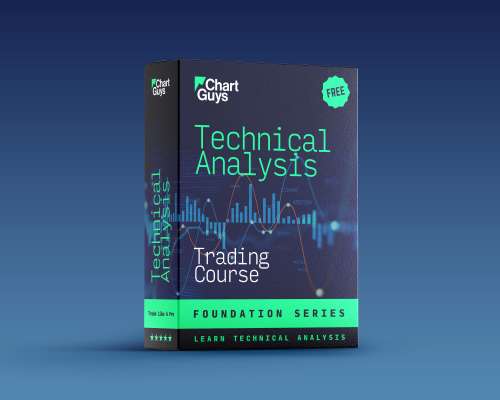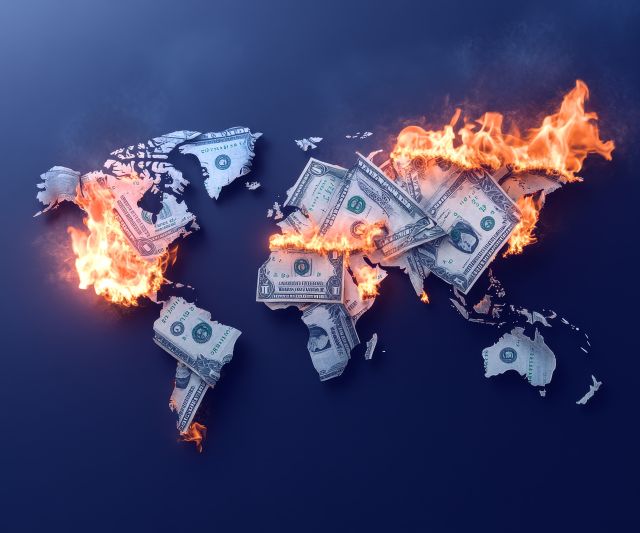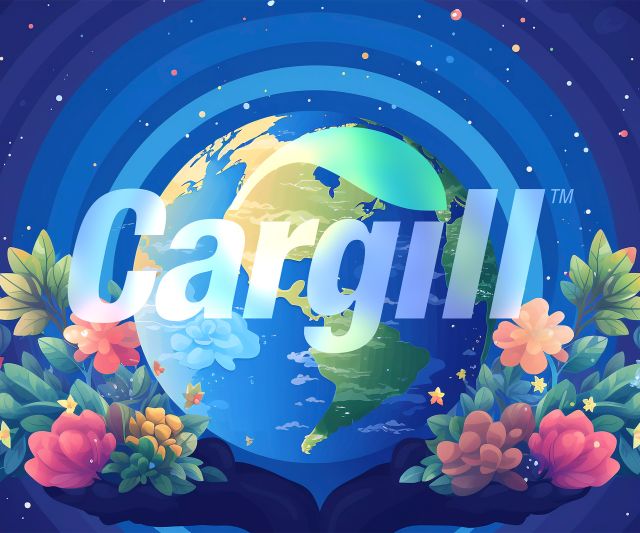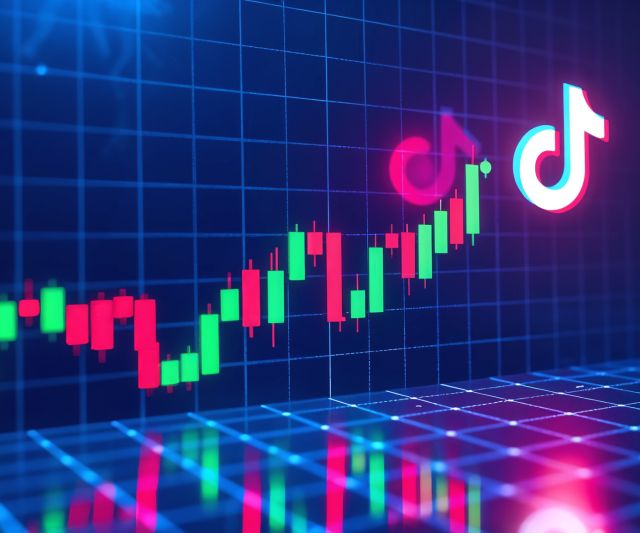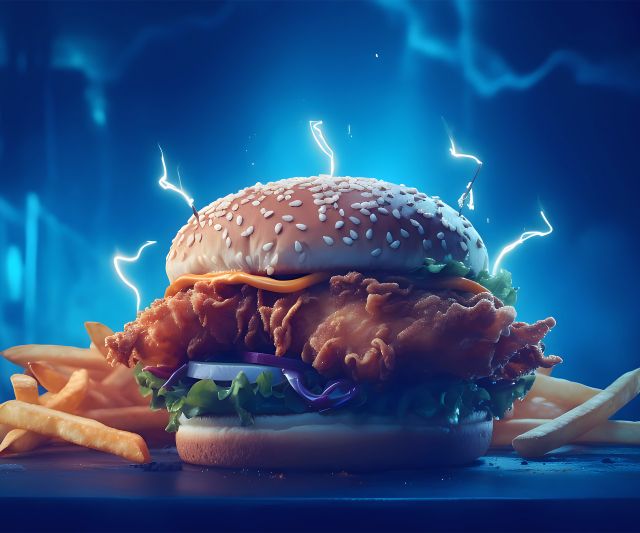Ever wonder about short squeezes and how they happen? Well, the technicals are the same, but the underlying reasons are some of the most interesting stories to me. Technically speaking, they run, run some more, and when we finally reach a tipping point, they always give back at least 50% of the move quickly, and the rest of it slower. But where that top is, and how long hedge funds and other short sellers can hold before liquidation is another story.
HKD trading today is making me nostalgic, so let’s take a look at what is considered the biggest short squeeze in history, Volkswagen 2008. Now while it’s true we have had many, many penny stocks move thousands and thousands of percentages, when VW squeezed in 2008 it became the largest company in the world at the time with a valuation at the top of 370B dollars.
So what happened? At the time, VW was largely owned (31%) by Porsche, and more by the German government. High debt and the financial crisis made it a highly shorted name. Rumours started to swirl that Porsche was going to be increasing its stake in VW, attracting speculative traders. When those rumours were confirmed true, Porsche had announced it had increased its stake by a whopping 43% causing them to own a whopping 74.1% of the company. Combined with the upwards of 20% owned by the German government, only 6% of shares were free floating available for trading. This was problematic because the hedge funds had borrowed 13% for their shorts. Forced covering combined with low available free float cause the stock to surge from 210 to over 1000 in just two trading days, with a 93% gain happening in one. After the squeeze, Porsche announced that it would sell 5% of its stake in order to help the hedge funds. Meanwhile they were already squeezed out, but that tide had shifted and within four days VW had lost 58% of market value and gave back more over the coming months.
The short squeezes can’t last forever, there is always a tipping point, but man do they run hard, and it is nearly impossible to time the price and the top - which is why they’re so dangerous for most to play. GME topped not when they stopped allowing people to buy more shares, but when they halted the options trading. GME was largely caused by a Gamma squeeze forcing market makers to buy up shares to hedge their call selling activity. When the options stopped flowing, and the delta finally stopped increasing as it near the 1 mark, the call sellers started to have to unwind their buying, forcing a tumbling effect in the stock.
I certainly look forward to the HKD story, 6 halts in 30 minutes and more to come is certainly fascinating. But it goes to show the market is always going to market. And we’re just along for the ride.


